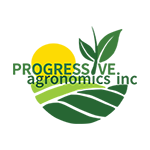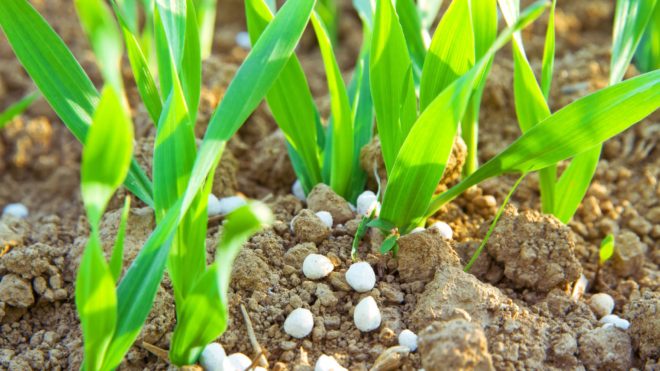The first question I will ask is, do the hybrids you plant today look like the hybrids your dad planted 30 years ago? The answer is no. Modern-day plant breeders are doing everything they can to capture every ounce of yield potential from their inbreds. This means they are making them more adapted to handle stress, defend against disease, handle higher populations, etc. Through these advancements, they are not only altering the appearance of the plant, but also where the plant partitions the nutrients it consumes during the growing season.
In a previous article it was stated how the Tri-State Fertilizer Recommendations for agronomics crops adjusted their phosphorous and potassium removal rates based on modern hybrids.
So now you know how much P and K it takes to make a bushel of corn, but do you know when it needs to be available? Just like with any living organism, it will be dependent on what the major objective is at that certain time, (ex: biomass accumulation, ear set, pollen shed, grain, fill, etc.). For nutrients like nitrogen (N), potassium (K), magnesium (Mg), manganese (Mn), boron (B), and iron (Fe), plants can take up to two-thirds of their yearly requirement before tassel. For other nutrients like phosphorus (P), sulfur (S), zinc (Zn), and copper (Cu), only about 50% will be taken up prior to tassel.
When looking at the final position of nutrients in a corn plant, N, P, S, and Zn all have the unique ability to be repartitioned in the plant to the grain and subsequently be removed at harvest. However, because the grain derives most of its nutrient accumulation from remobilization, that means those nutrients must be available to the plant early on so that it can be stored in the biomass. Therefore, if your early-season levels of N, P, S, and Zn are low, your plant will most likely be a victim of hidden hunger and will never reach its full yield potential.
Although some nutrient removal rates have decreased on a per bushel basis with modern with modern genetics, our yields have significantly increased, and therefore, more nutrients are being mined from the soil. The International Plant Nutrition Institute reported in a summary of North America Soils that P, K, S, and Zn levels have dropped below critical levels during the last few years. Agronomically, it is important to match the nutrient needs to the cash crop being grown at the time it is needed, but it is equally important to use the appropriate removal rate to make sure next year’s crop is set up for success.
~ Austin Scott, M.S., CCA – Area Team Leader

